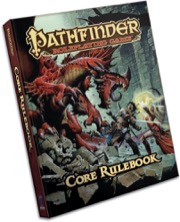

Tags: Bards Halflings Iconics Lem Pathfinder Roleplaying Game Wayne Reynolds |


Tags: Bards Halflings Iconics Lem Pathfinder Roleplaying Game Wayne Reynolds |